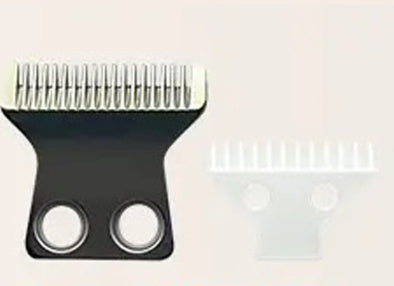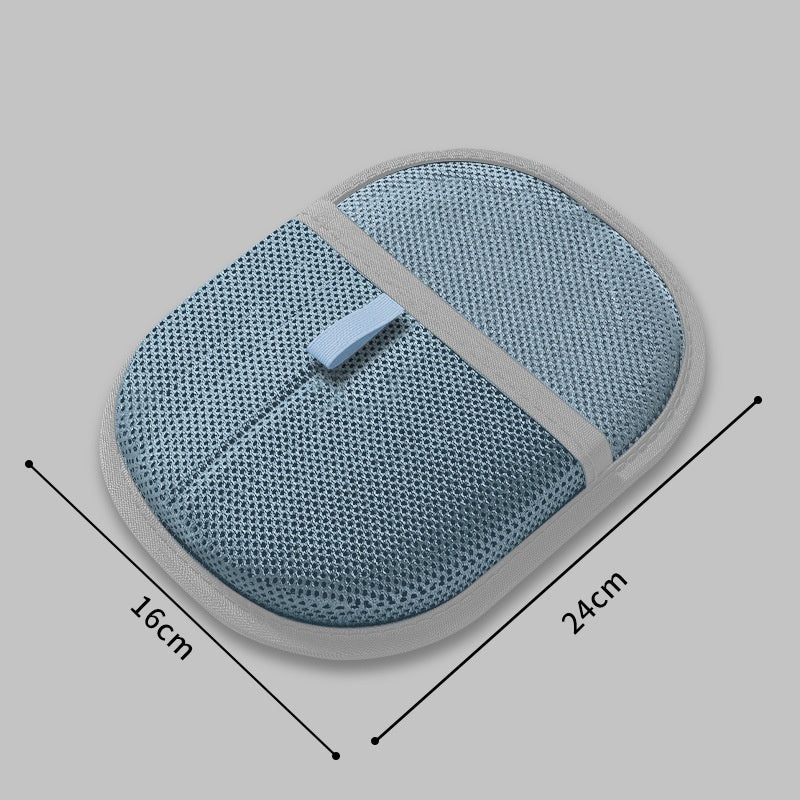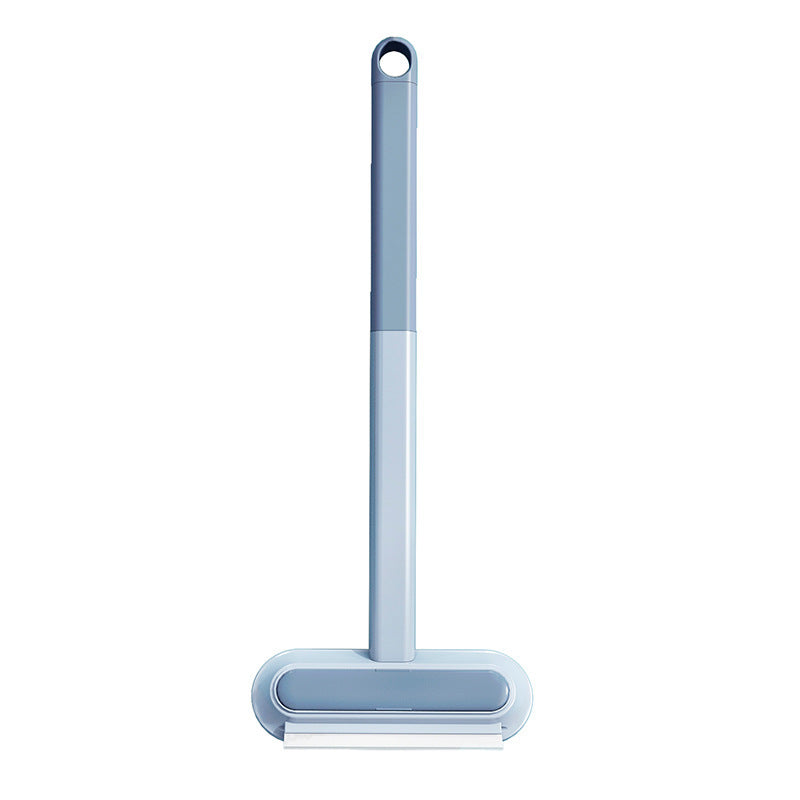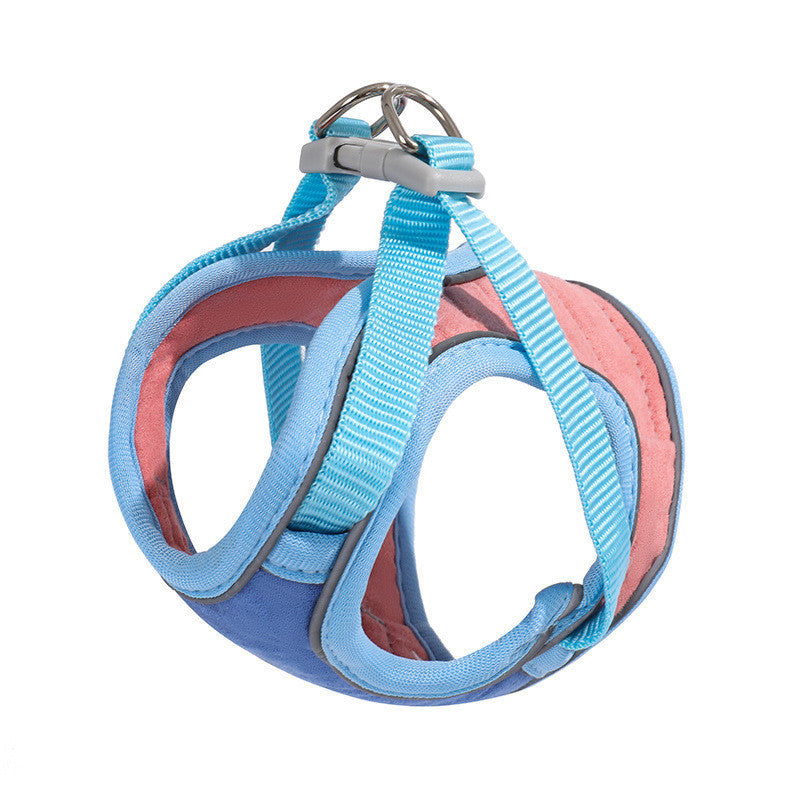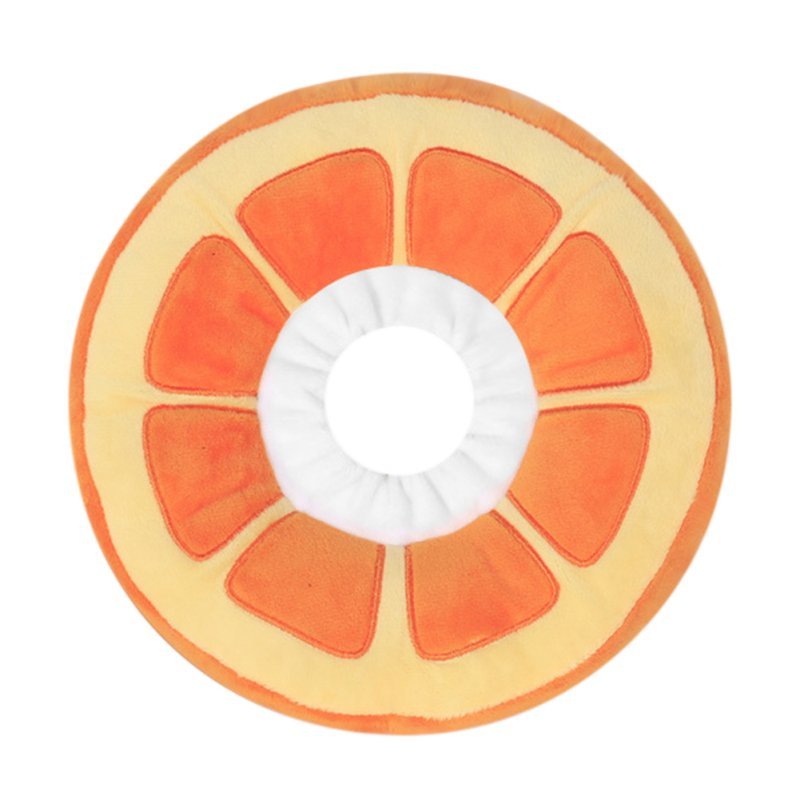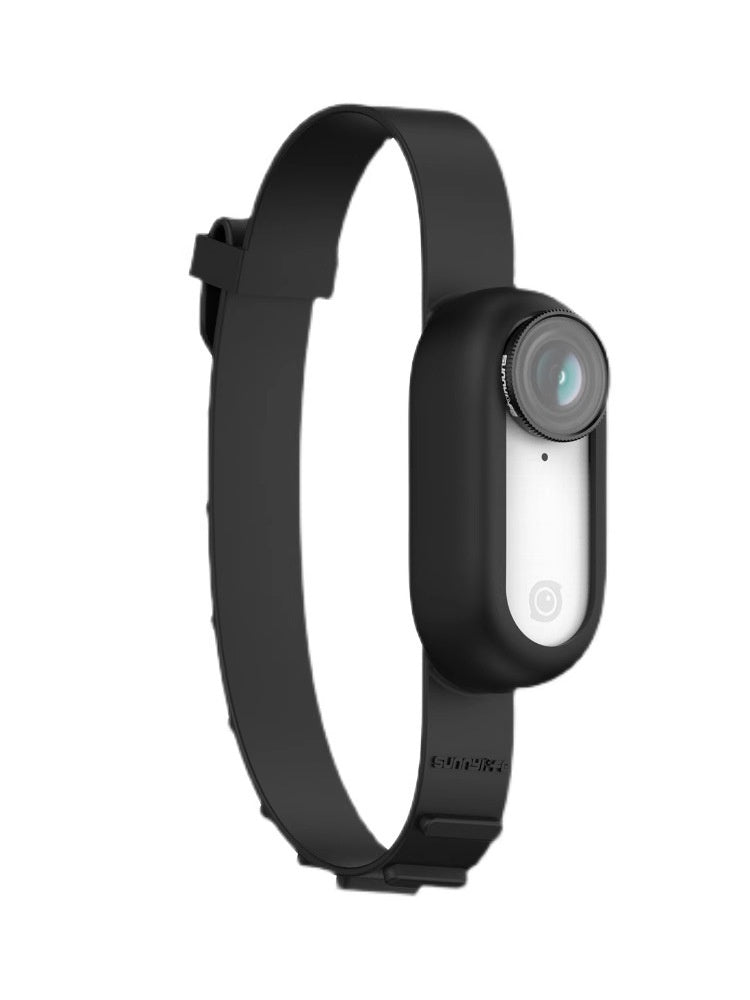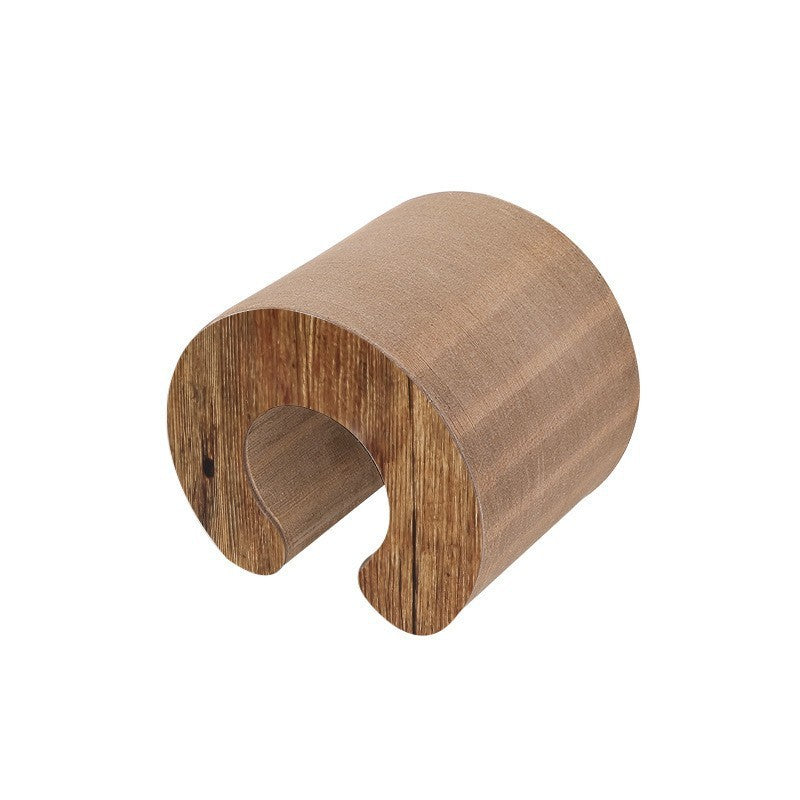Modern technology offers numerous devices designed to enhance pet care, from automated feeders and water fountains to interactive cameras and puzzle toys. However, cats can be sensitive to changes in their environment, making thoughtful introduction of new technology essential for successful adoption.
In this blog, we'll explore how to integrate pet technology in ways that support your cat's wellbeing.
Automated feeding systems: Programmable feeders can help maintain consistent feeding schedules and portion control, particularly beneficial for multi-cat households or cats prone to overeating. Introduce automated feeders gradually by placing them near existing food bowls and allowing your cat to investigate before activation. Start with familiar food and maintain the same feeding schedule initially.
Interactive cameras: Pet cameras allow monitoring and interaction with cats while away from home, but the two-way audio and treat-dispensing features may initially startle some cats. Position cameras in areas where your cat naturally spends time, and test audio features when you're home to gauge their reaction. Use treat dispensers sparingly until your cat associates the device with positive experiences.
Water fountain systems: Many cats prefer moving water, making fountains excellent hydration encouragers. However, the sound and movement might initially concern cautious cats. Place new water fountains alongside existing water sources rather than replacing them immediately, allowing your cat to choose their preference without pressure.
RSPCA Australia and Australian veterinary clinics advise keeping traditional water bowls alongside new fountains until your cat is comfortable. This approach is common in Australian households, where cats are given time to adapt to the sound and movement of water fountains.
Environmental monitors: Devices that track temperature, humidity, or air quality can help optimize your cat's environment, but avoid placing monitors where they might interfere with your cat's normal routines. Most environmental monitors work best when positioned unobtrusively in areas your cat frequents.
Smart litter boxes: Automated cleaning litter boxes can reduce maintenance burden but require careful introduction since cats can be particular about bathroom facilities. Set up automated litter boxes alongside regular boxes initially, allowing your cat to use their preferred option while becoming accustomed to the new device's sounds and movements.
Australian pet owners and experts from Vetwest Animal Hospitals suggest keeping a traditional litter box available while introducing an automated one. This helps cats adjust to the new sounds and movements at their own pace, reducing stress and litter box avoidance.
| Technology | Purpose | How to Introduce |
|---|---|---|
| Automated Feeders | Consistent feeding, portion control | Gradual introduction, maintain routine |
| Interactive Cameras | Monitoring, interaction, treat dispensing | Position in favourite spots, test while home |
| Water Fountains | Encourages hydration | Add alongside existing bowls, no pressure |
| Environmental Monitors | Optimize environment, track air quality | Place unobtrusively, avoid key areas |
| Smart Litter Boxes | Reduces maintenance, automated cleaning | Set up alongside regular box, gradual shift |
Successful technology integration requires patience and attention to your cat's individual personality. Some cats readily accept new devices, while others need weeks to fully adjust.
Monitor your cat's stress levels during introduction periods. Changes in eating, elimination, or hiding behaviors may indicate that technology introduction is proceeding too quickly. Always maintain backup traditional options until you're certain your cat has fully accepted technological alternatives.
Step-by-Step Guide: Introducing Pet Technology to Your Cat
-
Automated Feeders:
Place the feeder near the existing food bowl.
Allow your cat to investigate before activation.
Start with familiar food and maintain the same schedule.
-
Interactive Cameras:
-
Position cameras in areas your cat frequents.
-
Test audio and treat features while you’re home.
-
Use treat dispensers sparingly until your cat is comfortable.
-
-
Water Fountains:
-
Place new fountains alongside existing water sources.
-
Allow your cat to choose their preferred option.
-
-
Environmental Monitors:
-
Position monitors unobtrusively in areas your cat frequents.
-
Avoid placing them near eating, sleeping, or litter areas.
-
-
Smart Litter Boxes:
-
Set up automated boxes alongside regular ones.
-
Allow your cat to use their preferred option until fully adjusted.
-
-
Monitor and Adjust:
-
Watch for changes in eating, elimination, or hiding behaviours.
-
Maintain traditional options until your cat is fully comfortable with new technology.
-
Remember that technology should enhance your cat's quality of life rather than create additional stress, so prioritise their comfort over convenience when introducing new devices.
FAQs: Pet Technology for Cats
Q: How should I introduce an automated feeder to my cat?
A: Place the feeder near the existing food bowl, let your cat investigate, and start with familiar food and the same schedule, as recommended by Petbarn and Pet Circle.
Q: Will my cat be startled by an interactive camera?
A: Some cats may be startled by audio or treat features. Test these while you’re home and position the camera in a familiar area, as suggested by Australian pet owners on ProductReview.com.au.
Q: What’s the best way to introduce a water fountain?
A: Keep traditional water bowls alongside the new fountain and let your cat choose their preference, as advised by RSPCA Australia and local vets.
Q: Where should I place environmental monitors?
A: Place monitors unobtrusively in areas your cat frequents, but not near eating, sleeping, or litter areas, as recommended by Australian pet tech companies.
Q: How do I help my cat adjust to a smart litter box?
A: Keep a traditional litter box available while introducing the automated one, allowing your cat to adjust to the new sounds and movements at their own pace, as suggested by Vetwest Animal Hospitals.









